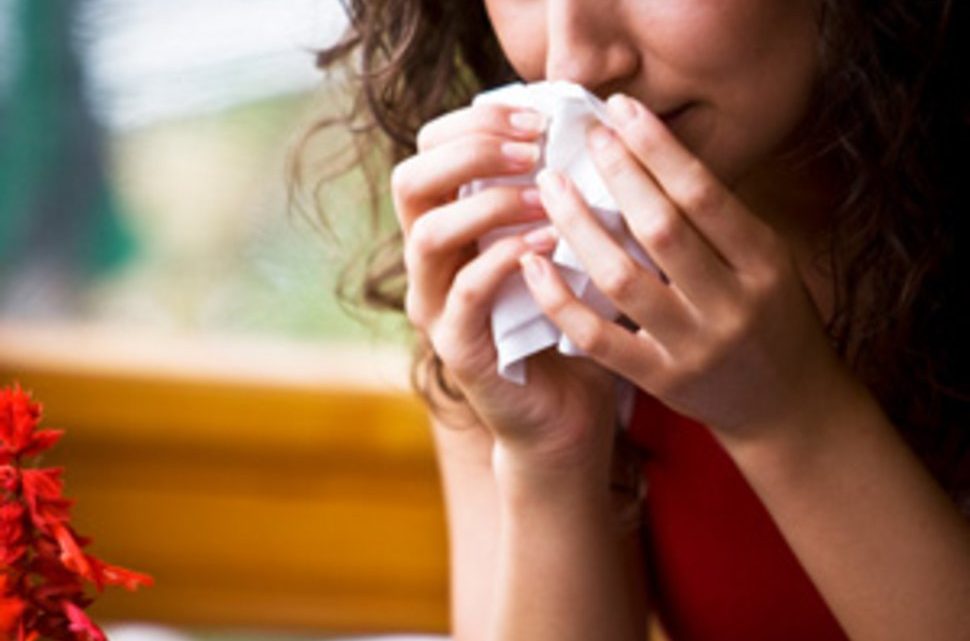
What Are Common Indoor Allergens?
September 16, 2021Allergens refer to substances that are foreign to your body. These substances lead to allergic reactions in many people. Allergens are present everywhere in the world around us. Common allergens are mold, pollen, and food.
The living environment of humans contains animal and plant life. Most of them are the source of the development of allergens. You can call them the triggers of reactions that are caused by allergens. The cause of the development of seasonal allergic rhinitis is pollen.
However if you are bothered by watery eyes, persistent post nasal drip, sneezing, and nasal stuffiness then you may have nonseasonal hay fever. Sometimes, it refers to perennial allergic rhinitis.
Indoor allergens such as cockroach parts, animal dander, mold, and dust mites cause this condition. It is important to understand the location and nature of allergy sources that are indoor.
Decrease your exposure level to allergens if you want to manage your allergies. It is also possible to avoid them.
Symptoms
Indoor allergens can induce certain symptoms in susceptible people. Indoor allergens can cause seasonal allergic rhinitis. It manifests as a runny nose, sneezing, nasal congestion, watery eyes, and postnasal drip. Asthma symptoms include difficulty in breathing or wheezing.
Allergic reactions caused by indoor allergens cause inflammation of lining membranes present in the eyes that are called conjunctivitis. Its symptoms include itching, watery and red eyes. Allergic symptoms that involve the skin area include allergic dermatitis or eczema.
It is characterized by the rash of the skin that is commonly associated with itching. It happens if you contact directly to any allergen.
Common Indoor Allergens
Various substances ranging from contaminants to different pets can induce allergic reactions in people who are susceptible. Following are the common indoor allergens.
- Mold Spores
- Pollen
- House Dust
- Fabrics
- Dust Mites
- Cockroaches
- Dog Dander
- Houseplants
- Horsehair
Treatment
If you want to control the symptoms of allergy then avoid the identified allergens that are indoor. The common treatment for indoor allergy reactions is antihistamines if it is not possible for you to avoid indoor allergens.
Such medications fight the histamine effects that release during allergic reactions by blocking histamine action on tissue. Following are the first-generation antihistamines.
- Dimenhydrinate
- Brompheniramine
- Dexbrompheniramine
- Clemastine fumarate
- Diphenhydramine
- Chlorpheniramine
First-generation antihistamines have some side effects. The common side effects are sleepiness and dryness of the mouth. Do you have any idea about non-sedating antihistamines? These are the latest second-generation antihistamines.
These antihistamines include cetirizine, loratadine, azelastine and fexofenadine. The onset of second-generation antihistamines is slow. They are usually longer acting. These antihistamines do have a sedating effect like first-generation antihistamines.
Decongestants refer to the drugs that work to decrease the swelling in the area of your nasal passages. Such drugs help to reduce the symptoms of allergy. But they are not helpful in treating allergic reactions. These medications can be taken as tablets or pills.
You can also take decongestants by nasal spray. These nasal sprays induce a ‘rebound effect’. It can make your symptoms of allergic reactions worse if you use these nasal sprays for longer time duration. Do not use such sprays for more than five days.
Try to avoid using decongestant spray without the recommendation of your doctor. People who have heart disease should use these sprays with caution. Prescription medications are used to manage the symptoms of allergy.
Examples of these medications are ipratropium nasal sprays, cromolyn, and corticosteroids. Montelukast works as an inhibitor of a specific chemical that is involved in different allergic reactions. This chemical is called leukotriene.
Montelukast is used for the treatment of asthma. It is also approved for treating hay fever or allergic rhinitis. If you are vulnerable to various allergy reactions then you may know about allergy immunotherapy. It is a process in which your immune system is stimulated.
In this therapy, doctors enhance the specific substance doses to which an individual is allergic. This therapy proves effective in treating and managing allergies to cats, mites, pollen, and stinging insects such as bees.
Doctors put easy-to-take drops under the area of your tongue. They are convenient to use as compared to allergy shots. The duration of a typical treatment course is about three years.
Go to a doctor if you feel shortness of breath or if your symptoms of certain allergic reactions are getting worse. Early treatment can help you to manage the symptoms of these allergic reactions.
